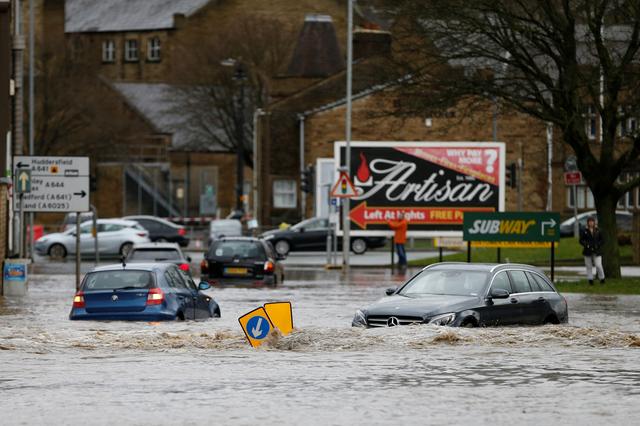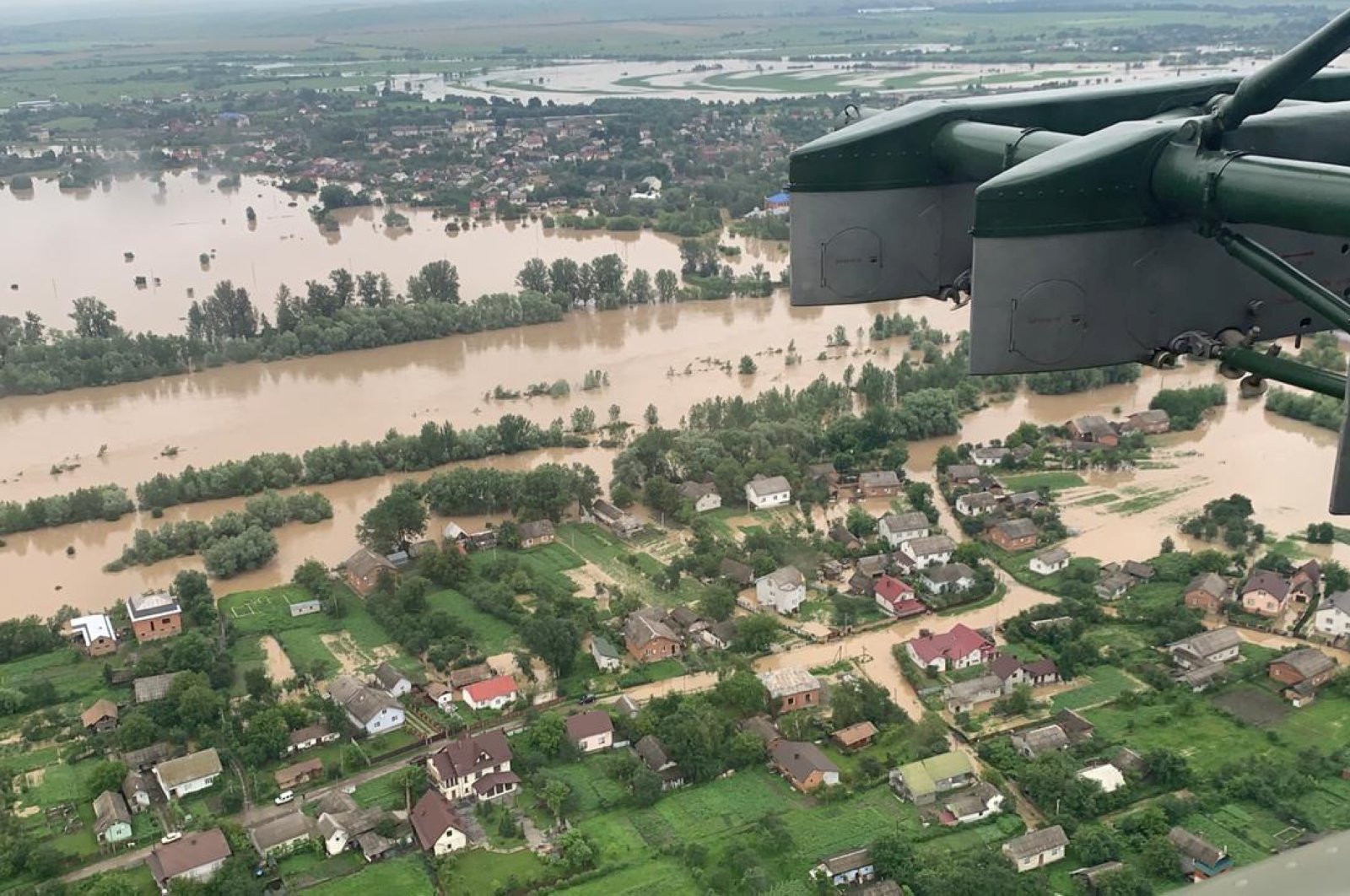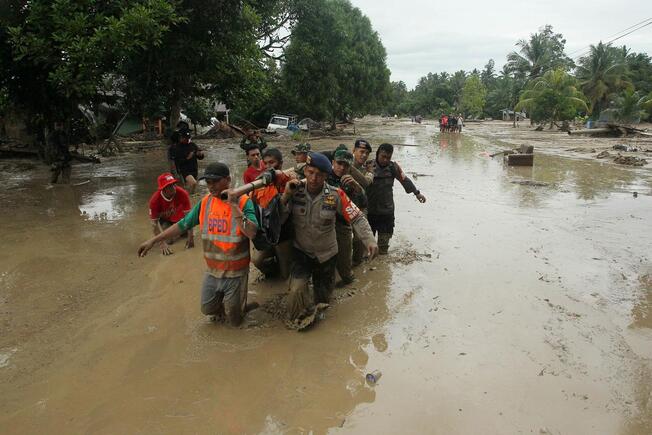Home / Kenya / Nyanza
Trail of destruction as Lake Victoria waters flood homes
Harold Odhiambo - 23rd Apr 2020 10:03:08 GMT +0300
Business premises at Dunga Beach in Kisumu are flooded after Lake Victoria water levels continued to rise
and spilled past the shores [Denish Ochieng, Standard]
Five years ago, scientists warned about the rising water levels of Lake Victoria, but many people did not take them seriously. Just a few anticipated to live to see this depth of devastation.
It has always been business as usual as investors, residents and other traders scrambled to set up businesses around the lucrative shores of Lake Victoria. Prices of parcels of land around the lake have soared with crops planted in large swathes of adjacent land as residents continued to make a living from the natural resource.
And with no warning, many of those human activities are now submerged in water. Thousands are staring at huge losses as swelling waters continue to displace homes and businesses. Crops, too, have been destroyed and all leisure activities along the shores brought to an abrupt end.
So dire is the situation that several towns and mushrooming trade centers along the lake, including parts of Kisumu City, are facing a threat of being destroyed. Experts and villagers claim their current situation was last witnessed 57 years ago when similar swelling in 1963 destroyed villages.
Raging floods, which have left trails of destruction and swept away villages, has only worsened and is slowly turning into a calamity. Several beaches, fish-landing sites, sporting facilities and luxurious homes have been submerged as water levels continue to rise.
The situation has also brought a fresh human-wildlife conflict as the swelling waters destroyed breeding and feeding zones of hippos, which are now forced out to feed in broad daylight just next to homes.
In the last two weeks, officials from Kenya Wildlife Service have killed three hippos in Kisumu after straying into residential areas and threatening the lives of several people.
Loss of business
A spot check by
The Standard across several beaches in the affected region found several of the beaches have been rendered inaccessible by the swelling waters.
Only Dunga beach is still standing strong despite the waters submerging several hotels and forcing traders to move up to higher grounds.
Hopes of turning the beach into a landmark fish-eating zone in Kisumu has now gone down the drain with the swollen lake barring tourists from accessing the hotels.
A fish market constructed by the county government of Kisumu to promote trade is inaccessible after it was waterlogged. Yesterday, a group of fishmongers were wading through the waters after collecting fish from a boat.
Joan Achieng, a hotelier, claimed the waters has robbed her of her hotel and forced her to close it down and turn her attention to fish-hawking to eke a living.
“We are all living in fear because the water levels keep rising every day. It is worse in the afternoons when there are strong tides,” said Achieng.
She is among the business people who moved to the beach a few months ago after their hotels at the Lwang’ni beach were brought down by county authorities.
A few meters from where Achieng’s hotel stands, other hoteliers are counting losses after spending a fortune to set up new fish eating structures, which are now in water.
Several high-end hotels including golf clubs have also been affected by the rising water levels. At the Nyanza Golf Club, water flowing from the lake has submerged part of the course.
Although the club is currently closed as a result of Covid-19, golfers will have to shop elsewhere to tee, whenever the health situation improves, as the green is submerge.
Yesterday, Christopher Aura, a scientist with the Kenya Maritime Fisheries Institute told
The Standard that climate change was the reason behind the swelling waters.
“The waters of Lake Victoria are swelling as a result of climate change. Several rivers are also having levels of water that is draining into the lake,” said Aura.
The researcher said they are yet to conduct a study on the lake but compared the current rising water levels to another study conducted on Lake Naivasha, which experienced a similar problem.
Crops destroyed
The swelling waters have affected almost the entire Nyanza region in areas adjacent to the lake with homes submerged and farm lands destroyed.
The worst affected, however, is Nyando region where several villages have been submerged. They include Nduru, Kadidi and Kamira villages while in Kisumu city, several families have been displaced in Dunga and Nyalenda areas.
Joseph Auko, an elder, who was displaced from his home for the first time since 1963, claimed the situation has destroyed his life.
“It is not clear whether the lake waters will subside so that we can go back to our homes, but we are optimistic nature will have mercy on us,” said Auko.
Yesterday, he was among the families that were affected by floods that has now compounded problems for those displaced by the lake.
Scientists, however, paint a gloomy picture on the situation and expect it to worsen because of the pounding rains.

















